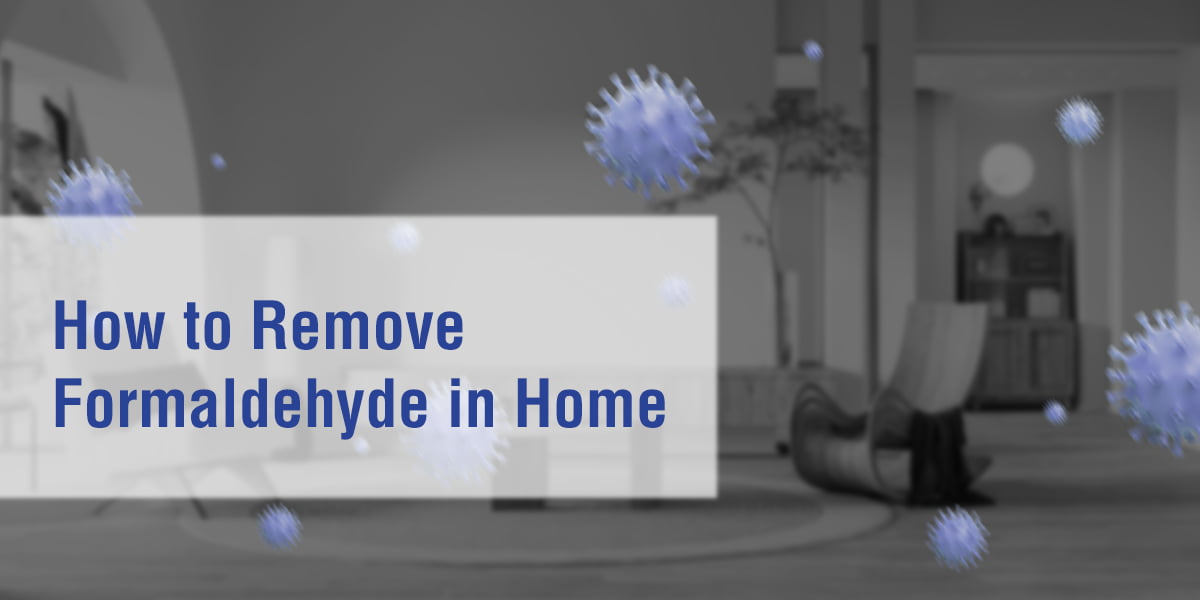How to Remove Formaldehyde in Homes
Formaldehyde is a colorless, strongly odorous volatile organic compound (VOC) that is commonly used in the manufacturing of building materials, household products, and various industrial processes. It is also a combustible gas that exists in tobacco smoke. Formaldehyde is listed as a human carcinogen by the International Agency for Research on Cancer. Exposure to formaldehyde can lead to a range of health issues, such as irritation to the eyes, nose, and throat, coughing, wheezing, and other respiratory problems. Skin irritation and rash, headache and dizziness, nausea and vomiting, increase the risk of leukemia and cancer.

Formaldehyde is present in various household products, including furniture, flooring, insulation materials, and cleaning products. It can also be released from gas stoves and other appliances that burn natural gas. Because formaldehyde poses great harm to the human body, removing formaldehyde is particularly important. There are several ways to remove formaldehyde in homes, including:
Increase ventilation: One of the easiest ways to reduce formaldehyde levels in the home is to increase ventilation. Opening windows and using fans can help to circulate fresh air and reduce the concentration of formaldehyde in the air.
Use home air purifiers: Air purifiers with activated carbon or HEPA filters can help to remove formaldehyde from the air. These filters work by trapping formaldehyde molecules and preventing them from circulating in the air.
Use household plants: Certain types of plants, such as spider plants and Boston ferns, are known to absorb formaldehyde from the air. Adding these plants to your home can help to improve indoor air quality.
Choose low-emitting products: When selecting building materials, furniture, and household products, look for products that are labeled as low-emitting or formaldehyde-free. These products are designed to release fewer formaldehyde molecules into the air.
Clean with natural products: Many cleaning products contain formaldehyde and other harmful chemicals. Using natural cleaning products, such as vinegar and baking soda, can help to reduce formaldehyde levels in the home.
Maintain proper humidity levels: High humidity levels can increase the concentration of formaldehyde in the air. Using a dehumidifier can help to maintain proper humidity levels and reduce the concentration of formaldehyde in the air.

By taking these steps, you can help to reduce formaldehyde levels in your home and improve indoor air quality. It’s important to note that if you suspect high levels of formaldehyde in your home, it’s recommended to have your home tested by a professional to determine the source of the problem and the best course of action to take.



